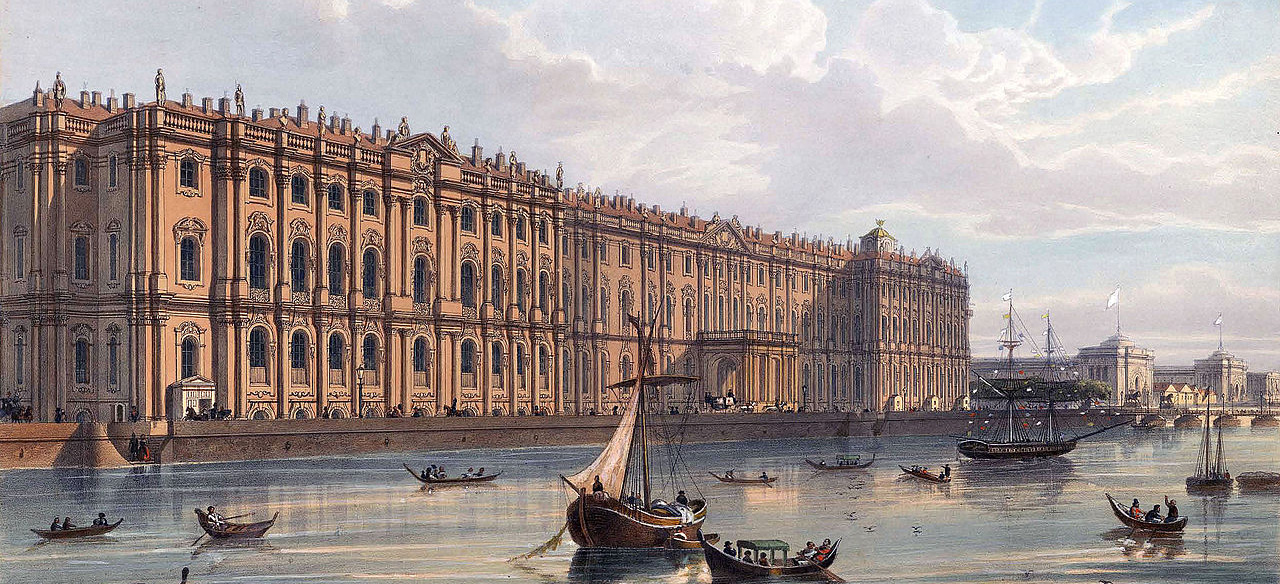St Petersburg
Situated on the Neva River, at the head of the Gulf of Finland on the Baltic Sea, it was founded by Tsar Peter the Great on 27 May [O.S. 16 May] 1703. During the periods 1713–1728 and 1732–1918, Saint Petersburg was the capital of Imperial Russia.
Saint Petersburg surpasses Moscow in population and industrial growth; it developed as one of the largest industrial cities in Europe, with a major naval base, river and sea port.
The city's traditional nicknames among Russians are the Window to the West and the Window to Europe. The northernmost metropolis in the world, St. Petersburg is often called the Venice of the North or Russian Venice due to its many water corridors, as the city is built on swamp and water. Furthermore, St. Petersburg has strongly European-inspired architecture and culture, which is combined with the city's Russian heritage. Another nickname of St. Petersburg is The City of White Nights because a natural phenomenon which arise due to the closeness to the polar region and ensures that in summer the nights of the city do not get completely dark for a month. Just as Venice is associated with romance, in St. Petersburg the White Nights have a high value for love couples.
History
St. Petersburg was founded on May 16 (new calendar: May 27) 1703, when Peter the Great seized control of the land surrounding the Neva during a protracted war with Sweden. A simple log cabin – the city’s first living quarters – was constructed on the city’s fortress (Peter and Paul Fortress) shortly after this victory. Despite the settlement’s unpromising location – a swamp – and unforgiving climate, Peter pursued his dream of a northern capital. In a typically Russian paradox, the city that would later become a symbol of cosmopolitan, enlightened Europe was founded in the cruellest of conditions. Its builders, primarily peasants and soliders, were driven hard; many died as a result of Peter’s manic work schedule. Even the city’s first white-collar workers were ordered there, and they weren’t very happy about it, either. In 1712 St. Petersburg became the capital and people started coming on their own account. From around 1741, the beginning of Empress Elizabeth’s reign, Peter’s swamp was simply the place to be. The courts of the empresses were graced by the best European artistic, literary and musical talent, and foreign architects, mainly Italian, built fantastic palaces and awe-inspiring churches. St. Petersburg, envisaged by Peter as Russia’s ‘Window to the West’, finally fulfilled its earlier promise.
During the nineteenth century the city assumed an almost mythical status courtesy of the many writers, some of them great, who lived there. Fyodor Dostoevsky is perhaps most synonymous with St. Petersburg. Here’s what he had to say (through one of his characters:) about it: ‘there’s nothing you can’t find in St. Petersburg.’ He was probably right. Nikolai Gogol, another significant Russian (or more precisely, Ukrainian) writer, came to St. Petersburg to work as a public servant, and developed a special loathing – teamed with morbid fascination – for the city. About St. Petersburg’s main street he moaned: “Oh, do not trust this Nevsky Prospect! I always wrap myself more tightly in my cloak when I walk along it and absolutely try not to look at the objects which meet me". Gogol’s friend, otherwise known as Alexander Pushkin, was also a St. Petersburg resident when he was in the mood; among other things, he wrote a very dramatic poem, The Bronze Horseman, about one of the city’s devastating floods.
The emergence of a city of world significance and the concomitant cultural boom was accompanied by less pleasant, but important historical events. In December 1825, inspired by European ideals of freedom, a group of soldiers (called ‘Decembrists’) rebelled against the new emperor, Nicholas I. Nicholas didn’t pay much attention, other than to have the organisers of the revolt executed or exiled, and to adopt extremely conservative government policies. The emancipation of the serfs in 1861 under Alexander II was another watershed event – thousands of serfs poured into the city, which wasn’t ready for such an influx; living conditions worsened, as did the population’s tolerance. By the end of the nineteenth century, social conditions hadn’t improved much but St. Petersburg was well on the path to Western-style industrialization.
Alternative Name(s)
Leningrad
Type
Capital
Owner/Ruler
Owning Organization
Characters in Location



Comments